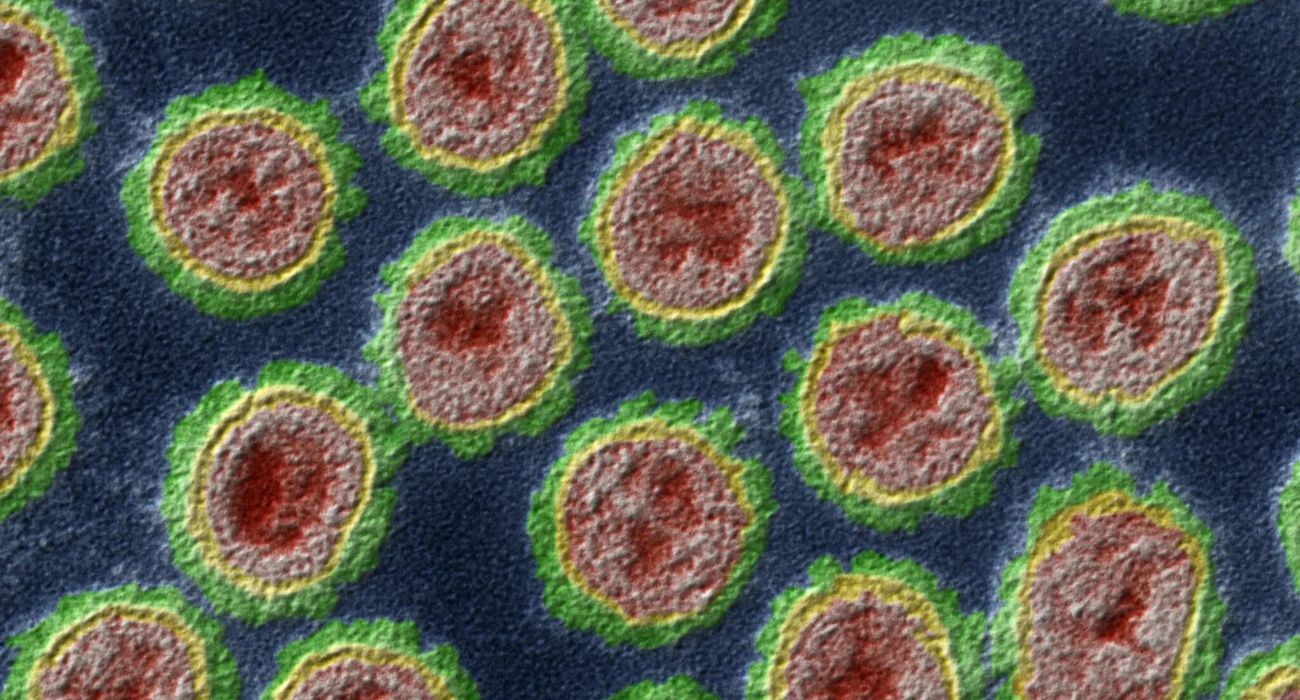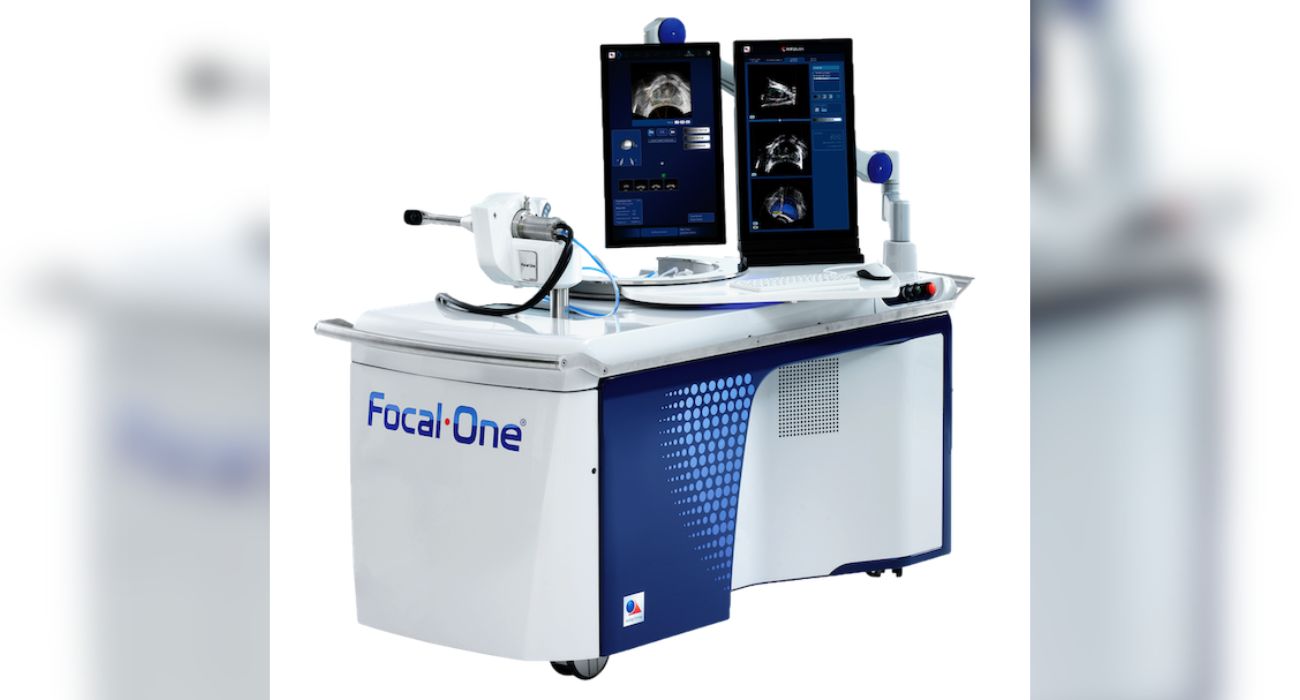Scientists have made new discoveries that could be key to understanding a predisposition to cardiovascular diseases.
Scientists from the University of Virginia Health System published a new study that illuminates additional factors in one’s risk for cardiovascular diseases, finding these clues within our “biological glue.”
Healthcare professionals have long sought methods to abate the development and contraction of cardiovascular diseases. For example, earlier this month, the U.S. Food and Drug Administration announced that the weight-loss drug Wegovy can mitigate the risk of some heart conditions, such as heart attack and stroke, in those overweight or suffering with obesity, as previously reported by The Dallas Express.
Mete Civelek, Ph.D., associate professor of biomedical engineering at the University of Virginia, and a team of scientists published a study in which they examined a glue-like substance secreted by smooth muscle cells collected from 123 healthy heart transplant donors known as an “extracellular matrix” that is full of proteins. The researchers believed that understanding this fibrous substance built over plaque from conditions like atherosclerosis may provide a way to understand the diseases.
These scientists were then able to identify genes that produced these proteins. Civelek said that one identified protein, LTBP1, could affect plaque stability.
“We combined two decades of human genetics findings and a unique resource of smooth muscle cells, an important component of arteries where plaques develop,” said Civelek in a release. “We discovered that our genetic makeup impacts the ways smooth muscle cells secrete proteins that provide strength to plaques and prevent them from rupturing and causing heart attacks and strokes.”
The researchers also identified a gene variation and proteins that can put some individuals at a higher risk of hardened arteries and cardiovascular conditions. The scientists believe that this research can aid doctors by allowing them to identify patients who carry this risk and potentially develop new treatments.
Civelek added that they intend to continue studying the protein LTBP1 to determine if it can be a “beneficial therapeutic target.”
Obesity remains an epidemic across the U.S. as well as the rest of the world, with the number of cases continuing to rise. In the U.S., about 39.6% of adults are obese, about 7.7% are “severely obese,” and 31.6% are overweight, according to the Food Research and Action Center.
Scientists and medical professionals still maintain that a proper diet and exercise are the best methods to manage weight. A study published in 2022 with over 33,000 participants found that jogging and yoga are the two most effective exercises to prevent obesity.
“Jogging is an exercise for the entire body. Arms swing, waist turn, legs and feet run, and shoulders and abdomen are also involved in this act. By contrast, many yoga poses use muscles around the hips and pelvis, and therefore yoga is the most effective exercise to reduce HC,” read the study.
The CDC recommends that people work their way to performing 150 minutes of “moderate-intensity aerobic activity” per week, such as walking, jogging, biking, and more.






